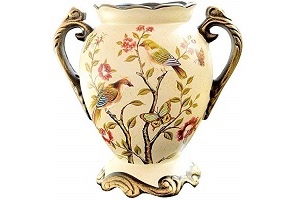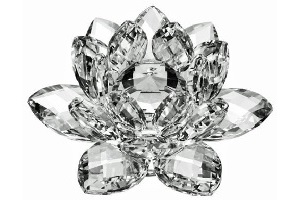The peony flower holds a significant place in Chinese culture, revered not only for its beauty but also for the powerful symbolism it carries.
Known as the “king of flowers,” the peony has been a prominent figure in Chinese art, literature, and tradition for over a thousand years.
It represents wealth, prosperity, honor, and good fortune. Making it a symbol of great importance in both the private and public spheres of Chinese life.

The peony’s significance in Chinese culture dates back to the Tang Dynasty (618–907 AD), where it was first cultivated in gardens and admired for its vibrant colors and opulent petals.
Becoming a favorite in imperial gardens as an emblem of nobility and success. Its association with royalty and high status made it a common subject in poetry and literature, where it was used to convey ideals of feminine beauty and virtue. The flower’s opulent appearance and rich fragrance were likened to the grace and allure of an esteemed lady.
By the time of the Song Dynasty (960–1279 AD), the peony had become a symbol of nobility, and it was frequently depicted in paintings and other forms of art.
Hardly surprising considering how beautiful it is with it’s lush, full blooms and attention-seeking colors, which evoke images of wealth and elegance.
It was considered to embody beauty and prosperity, often associated with the imperial family, as emperors sought to enhance their image with the inclusion of peonies in royal gardens and art collections. The flower’s majestic appearance made it a fitting symbol for wealth and status, often linked to the idea of an abundant and prosperous life.
The peony’s symbolism also carries deeper cultural and spiritual meanings.
In traditional Chinese thought, the flower is often linked with feminine beauty, as it is seen as the epitome of graceful elegance.
Its lush petals and rich colors represent an ideal of beauty that transcends the physical and enters the realm of spiritual enlightenment.
The peony is also a symbol of love and romance, particularly in the form of a “double peony,” which is believed to signify a harmonious and prosperous union between a couple.
This connection with love and marriage has made the peony a common gift for newlyweds or couples wishing to honor their bond.
In this way, the peony is seen as a flower that not only brings material wealth but also fosters harmony and positive energy in relationships.
Which is why it is often included in floral arrangements and decorations of weddings, symbolizing a harmonious and prosperous union.
A famous story behind the peony’s symbolism is that of the goddess of flowers, “Hua Ying.” According to legend, Hua Ying was once a beautiful celestial maiden who descended from heaven to visit the mortal world. During her visit, she was so entranced by the beauty of the peony that she fell in love with the flower and chose to remain on Earth. As a result, the peony became a symbol of both earthly beauty and heavenly grace. This story illustrates the divine nature of the flower, as it bridges the gap between the human and the divine, embodying both worldly beauty and celestial elegance.
In modern Chinese culture, the peony continues to be a revered symbol.
It is often used in festivals, particularly during Chinese New Year, when it is believed that the flower brings good fortune and drives away evil spirits.
The peony’s vibrant colors—usually pink, red, and white—are thought to attract positive energy and good luck into the home or business. In this sense, the flower is seen as not only a visual symbol of wealth but also a spiritual one that provides protection and blessings.
Peony imagery is also widely used in Chinese art, from traditional ink paintings to modern-day graphics and textiles. Artists often depict the peony in various forms, from delicate brush strokes on paper to intricate porcelain designs.
The peony has also become a frequent motif in Chinese paintings, often arranged with other elements such as birds, butterflies, or auspicious symbols like the dragon or phoenix.
In these artworks, the peony is not just a flower; it is an embodiment of the virtues the culture holds dear—wealth, honor, beauty, and prosperity.
In modern times, the peony’s symbolism has made its way into Chinese home décor and feng shui, where it remains a popular choice for both traditional and contemporary spaces.
The flower’s rich cultural heritage is embraced through its presence in furniture, wall art, textiles, and even ceramics.
Peony motifs are often found on embroidered pillows, silk curtains, and decorative vases, adding a touch of timeless elegance to any room.
In TCM, peony root has been used in herbal remedies to promote blood circulation and alleviate various ailments. This medicinal use highlights the flower’s multifaceted significance, extending beyond aesthetics to encompass health and well-being.


